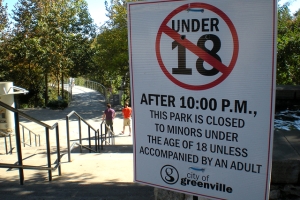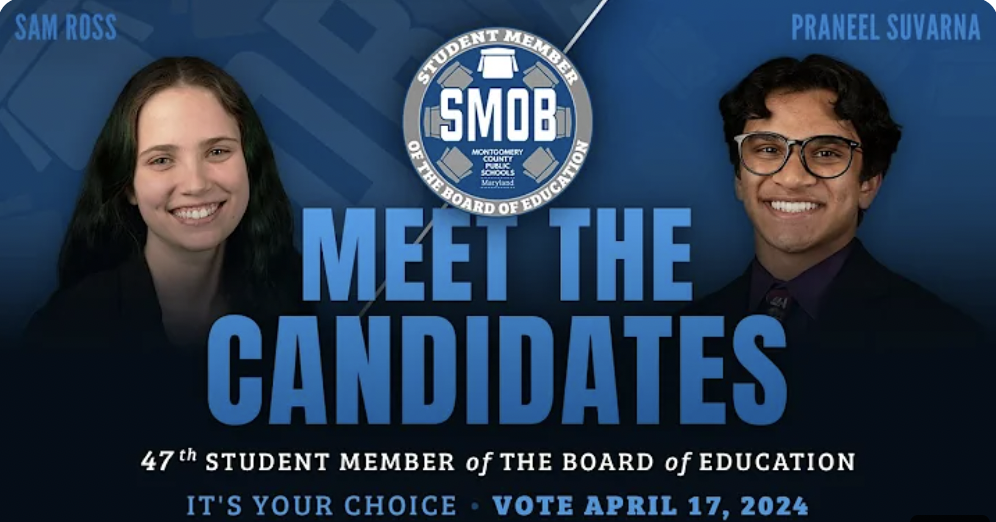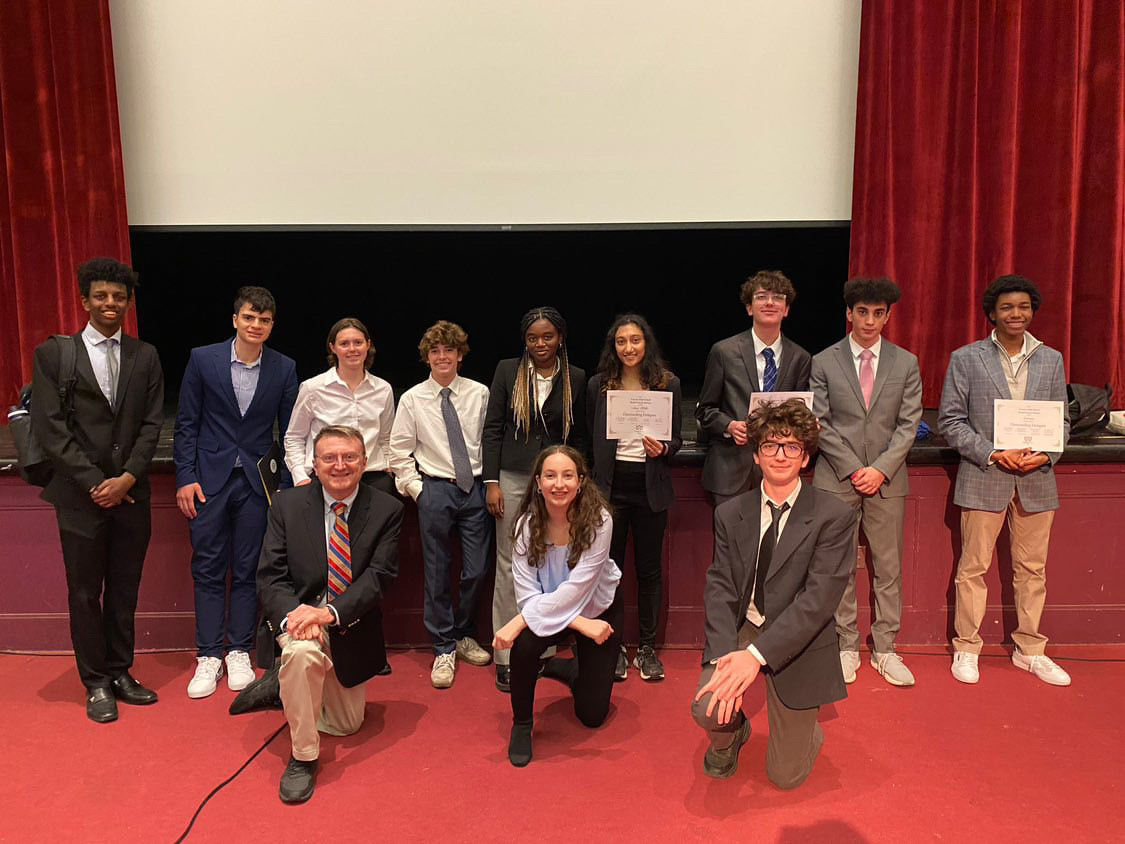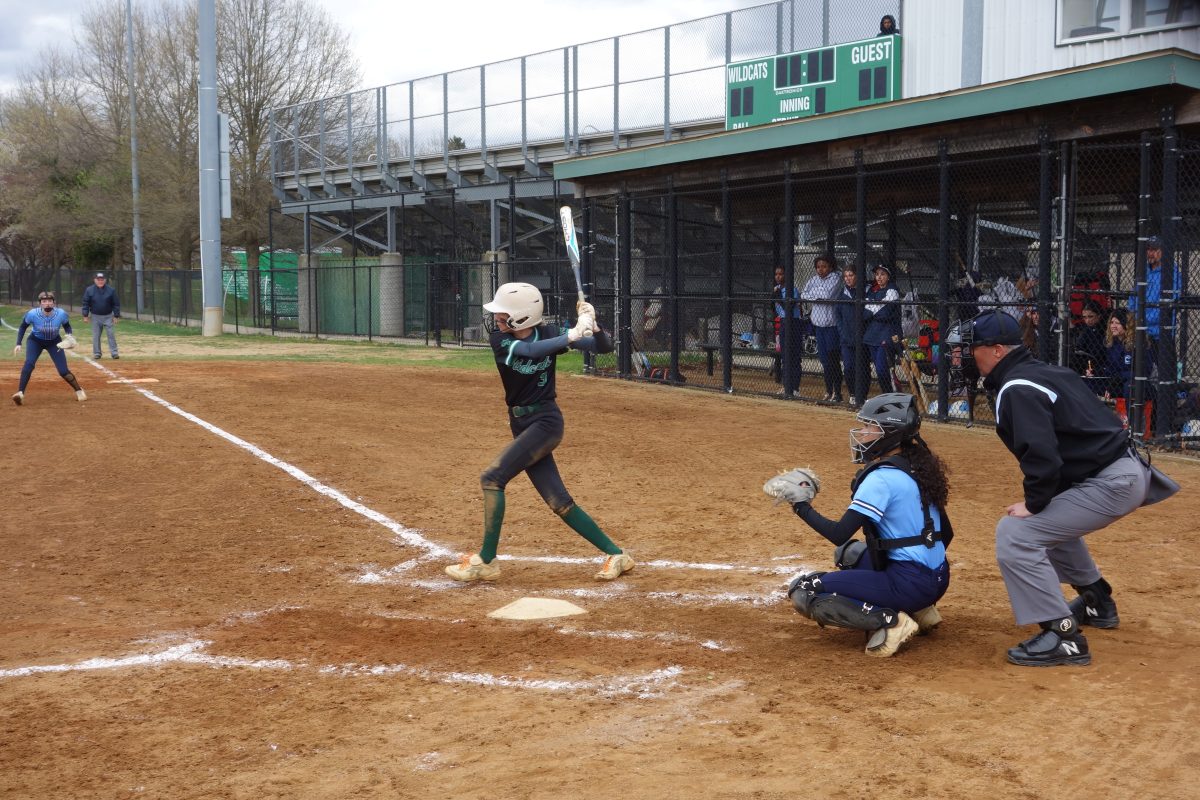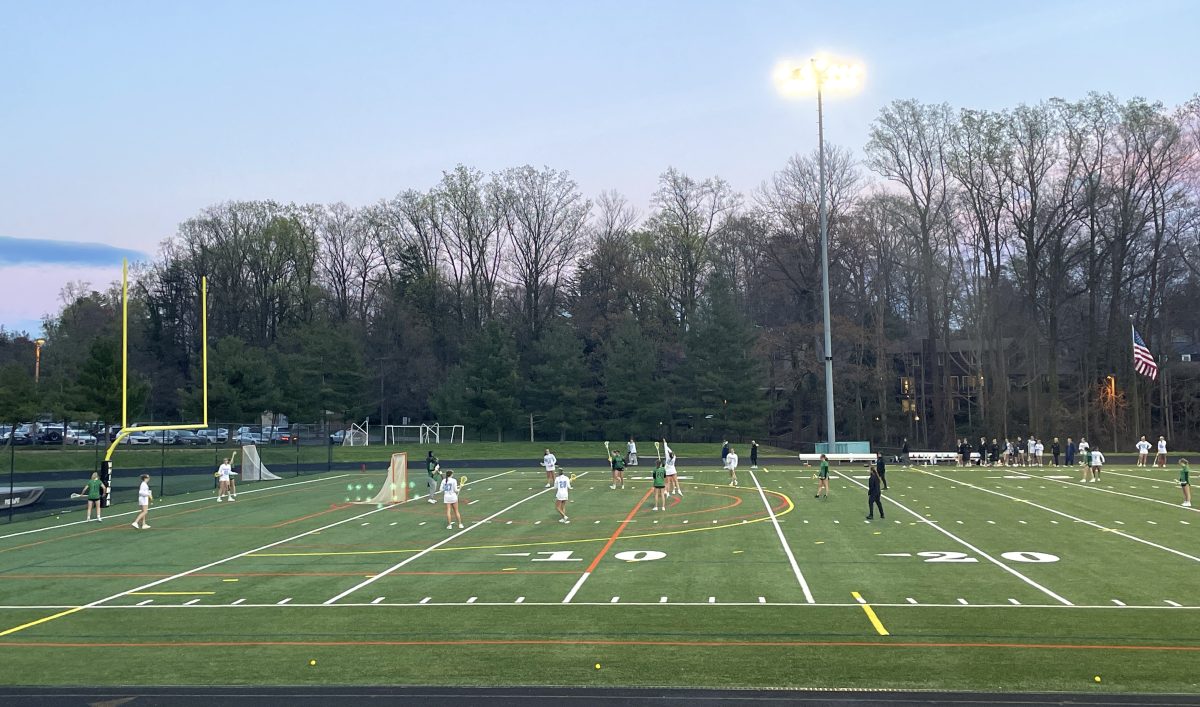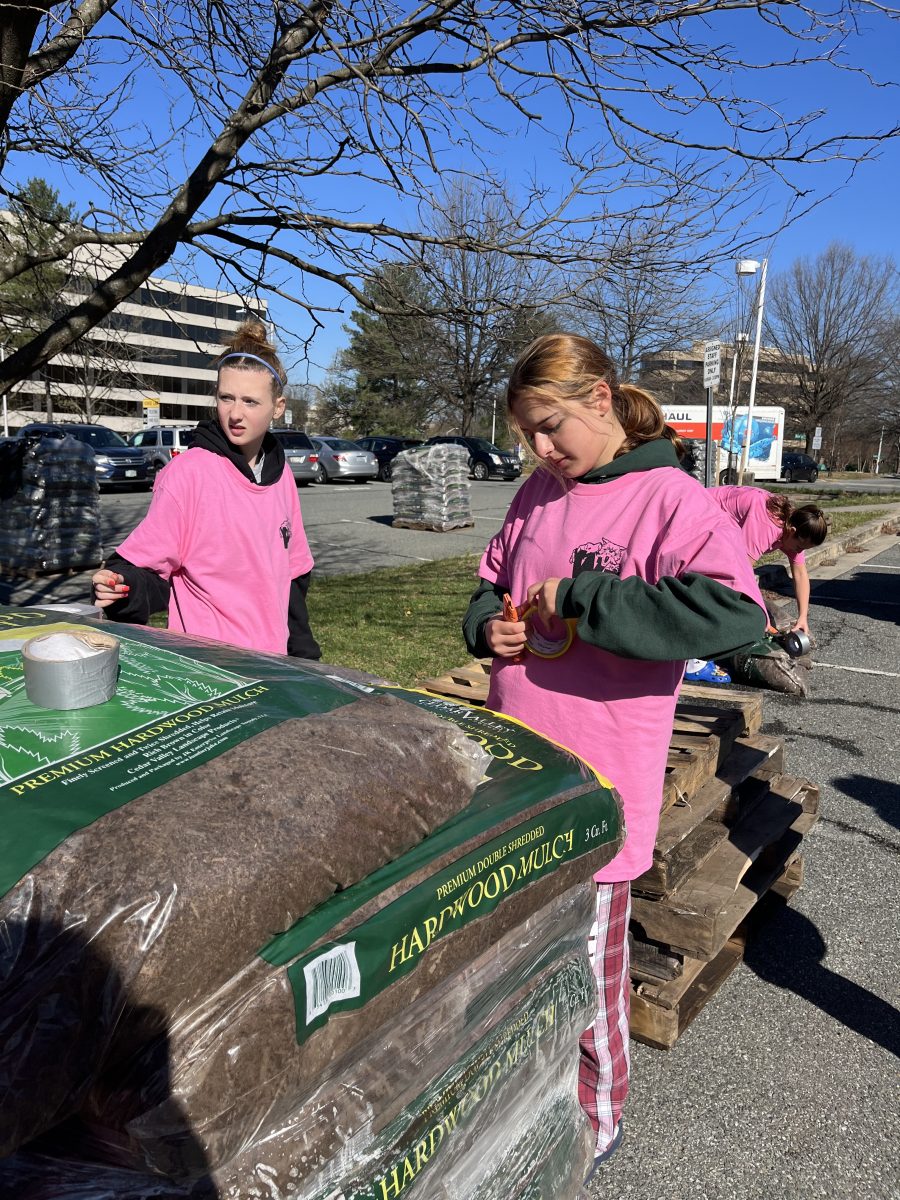On April 26, Montgomery County announced that, for the fifth consecutive year, crime rates have dropped. The county saw a nearly 19 percent reduction in crime over the course of five years. Violent crimes decreased by 24.4 percent over the same period of time.
In a statement, Montgomery County Police Chief J. Thomas Manger said that “the men and women of the Montgomery County Police Department continue to put a great deal of effort into reducing crime.” The local reduction in crime reflects a national trend, with crime on the decline in much of the United States.
Despite the drop in crime, however, the Montgomery County Police Department (MCPD) supported a curfew for all residents 17 years-old and under, in order to “prevent an escalation of violence by and toward young people in the county,” according to a statement put out on Dec. 6, 2011. One of the main motivators for the curfew is the fact that neighboring Washington, D.C. and Prince George’s County have similar curfews, and imposing a curfew in Montgomery County would prevent teens from other areas from committing crimes in the county. But does this position hold up under scrutiny?
Debate on the curfew had been tabled, which effectively ends consideration of the curfew bill as it stands. It does not, however, prevent any additional legislation from being proposed – and it certainly doesn’t end the debate.
A Downward Trend of Violent Crime
According to the FBI, violent crime across the country has decreased steadily. The most recent statistics are from 2010, when the last nationwide census was taken. Violent crime in 2010 was over 13 percent lower than in the early 2000s. Property crime also decreased by 9 percent.
A variety of factors contribute to decreases in crime rates. Expanded access to education, more job opportunities for youth, and more effective policing are all potential factors, as well as other area-specific reasons. An article by the British newspaper The Guardian, published on Aug. 21 of last year, cited mass incarceration as a reason for the reduction in crime.
“We now incarcerate four times as many people as we did 20 years ago,” John Roman, director of the District of Columbia Crime Policy Institute, told The Guardian. “Just by sheer size you’ve removed a lot of potential offenders from the street. I don’t think that’s very popular in many circles but it’s very hard to argue with.”
The Effectiveness of Curfews
Curfews have also been cited as a reason for the decrease in crime, but their effectiveness is more difficult to measure. A 2010 report published by UC Berkeley, examining curfew effectiveness, states that studies often falsely show curfews as ineffective. Numerous studies compare cities with curfews (and usually higher crime rates) against cities without curfews (and usually lower crime rates). The study conducted by UC Berkeley professor Patrick Kline uses a different crime modeling method that compares the crime rate over time, by the age of the offender.
The report uses Dallas’s curfew in 1993 as a case example. After a major spike in juvenile crime, Dallas Police Department imposed a youth curfew. Three months after the program was implemented, “juvenile victimization” (police incidents involving minors) dropped by 18 percent. During this time, there were no arrests made for curfew violations. Police opted for lesser punishments, such as issuing citations and simply driving juveniles home. One Dallas police officer said that the curfew law didn’t mean that he would confront everyone he suspected of being out past curfew hours. He would, however, stop anyone he suspected of a crime who was underage. If they turned out to be not guilty, they were still in violation of the curfew.
The UC Berkeley report mainly touted the advantages of a curfew imposed as a response to high crime. As a preventative measure, the effectiveness of curfews is not as clear. Over the past five years, the crime rate in Montgomery County has been dropping, though there has been an increase in violent crimes by 0.4 percent during the first three months of 2012.
A Constitutional Question
The main challenge to curfews has been the morality of a law that targets a specific age group. For many, curfews criminalize the Constitutional right to freedom of assembly. Curfew laws have never been challenged in the Supreme Court since World War II. In the case of Kiyoshi Hirabayashi v. United States, the court only ruled in favor of a curfew against Japanese Americans due to wartime necessity. There are, however, other court rulings on both sides of the debate.
Opponents of curfew laws cite the 1976 decision of Missouri v. Danforth, in which the Supreme Court ruled that minors did not need parental consent to obtain an abortion. The case seems totally unrelated, but the decision of the court stated that “Constitutional rights do not mature and come into being magically only when one attains the state-defined age of majority.” In effect, one cannot be denied the right to free speech or free assembly on the basis of age; doing so would be a denial of due process.
Supporters point to another Supreme Court ruling, Cox v. Louisiana, which placed certain restrictions on freedom of assembly. The court stated as an example that one could not “insist upon a street meeting in the middle of Times Square at the rush hour as a form of freedom of speech or assembly,” since there is a compelling public interest in keeping a busy roadway open for traffic. In a similar way, curfews would serve a compelling public interest to lower juvenile crime.
A great deal of opposition to curfew laws takes place at county council meetings rather than courthouses. In the case of Montgomery County’s curfew law, the opponents of the legislation were successful. The debate, however, has not subsided. There are still other groups seeking to either overturn existing curfew laws or prevent the implementation of new ones. Police departments continue to look at curfews as a measure to reduce crime. After decades of their use and a number of conflicting studies, however, there is still no definite answer on either a curfew’s effectiveness or its morality.
Read The Guardian’s article on America’s declining crime rates
View the annual crime statistics for Montgomery County and for the United States

